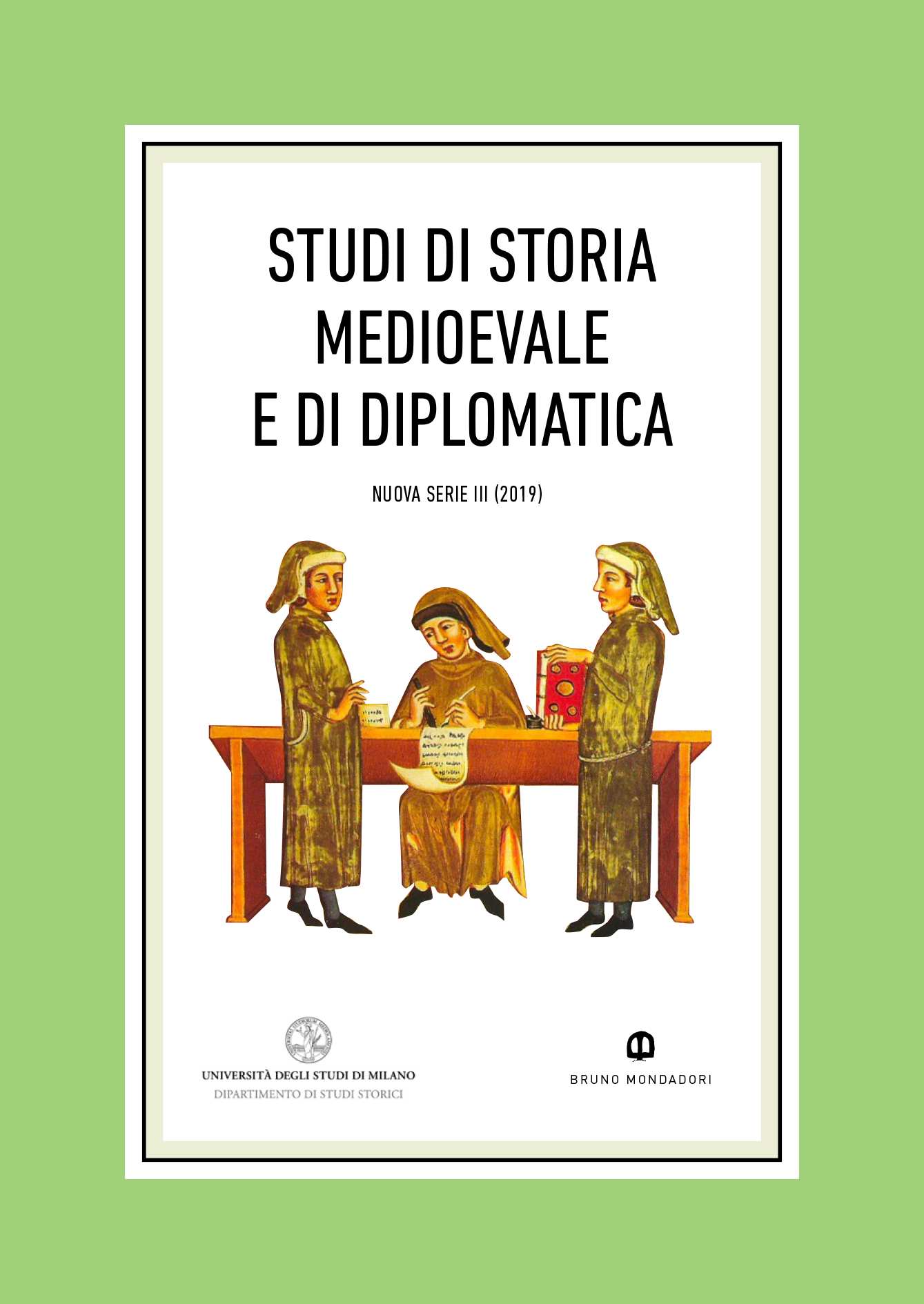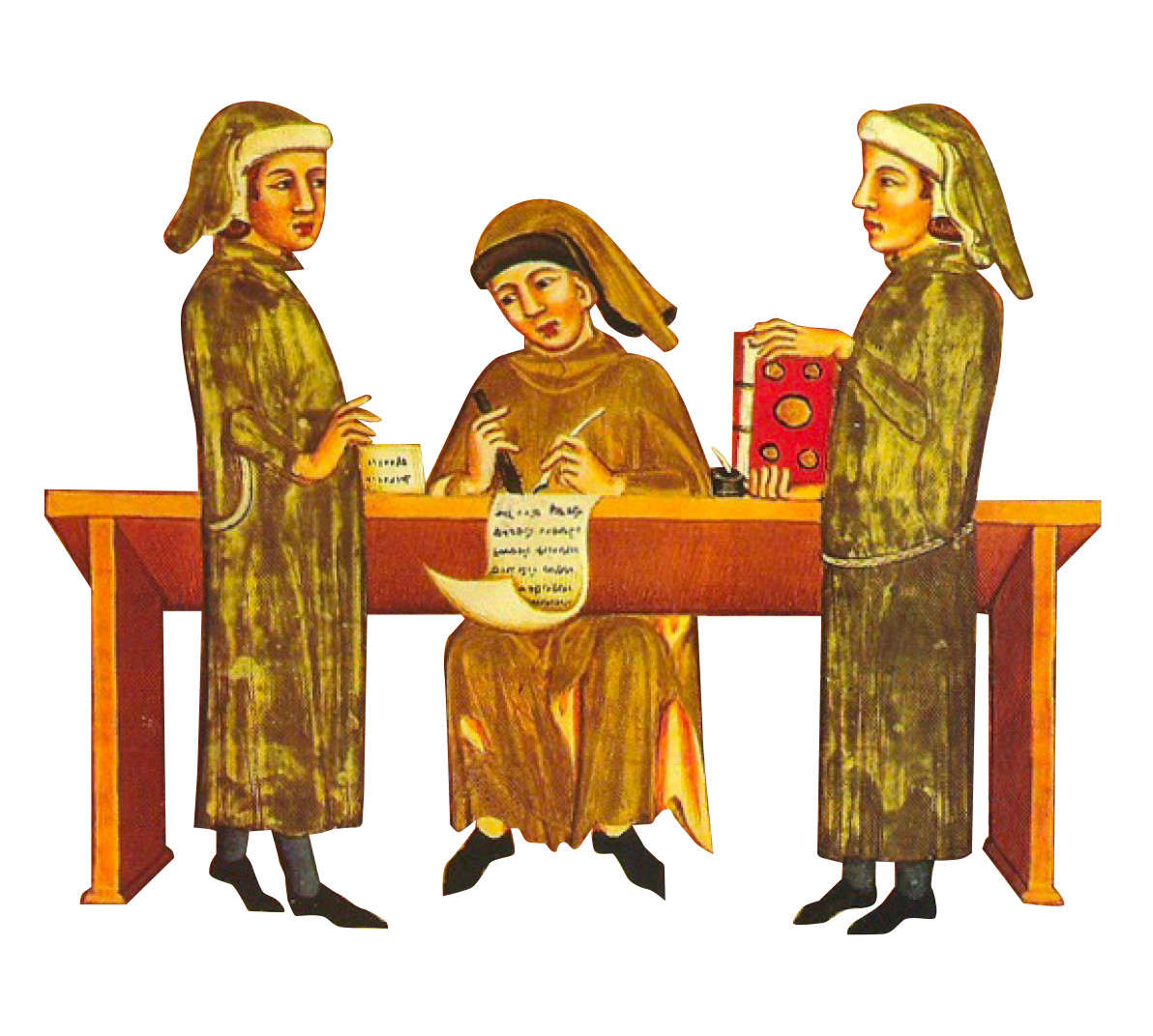The Relationships Between the «Ruling Classes» and the Cities of the Po Valley (Mid-11th-Mid-12th Centuries): Summary of a Research Path and First Notes for a New One
DOI:
https://doi.org/10.54103/2611-318X/12577Keywords:
Lombardy, 12th century, territorial aristocracy, rural dominion, cityAbstract
Around the XII century occurred the end of the public structure of the carolingian Empire and the establishment of new structures of power of territorial nature. In the everlasting confrontation between the initiatives of urban communities and rural aristocracies, the Lombard case will be taken into account, since it is the one with more urban characteristics within the Regnum Italiae. the focus on four case studies will show how the relationships between cities and ‘territorial princes’ were more complex than a simple urban domain. Still in the mid-twelfth century, some «public families» were able to compete for vast territories with the city’s structures. this was possible also because of the continuous support of Milan, which favoured the action of the ‘territorial princes’ to contrast the initiatives of rival cities (Novara, Pavia, cremona and Bergamo).




